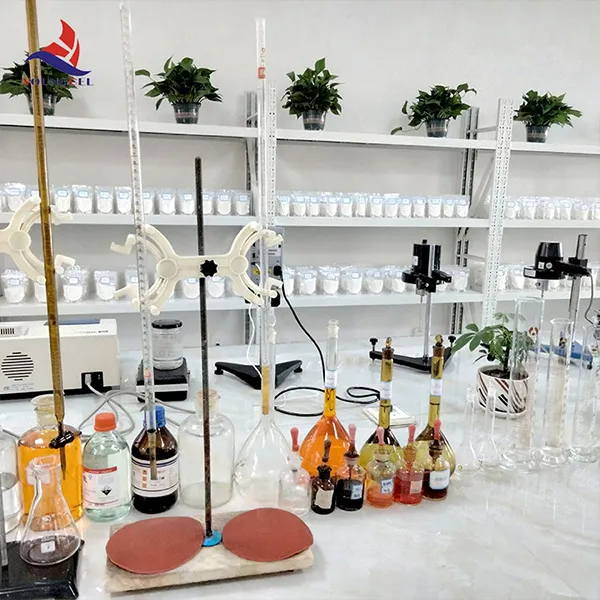Understanding Industrial Grade HPMC Properties and Applications
Hydroxypropyl Methylcellulose (HPMC) is a versatile cellulose ether that has gained significant traction in various industrial applications due to its unique properties. As an industrial-grade product, HPMC is specifically engineered to meet the rigorous demands of different sectors, including construction, pharmaceuticals, food processing, and more. This article delves into the characteristics, benefits, and applications of industrial-grade HPMC.
Chemical Properties of HPMC
HPMC is a white, odorless, and tasteless powder, derived from cellulose through a series of chemical processes that introduce hydroxypropyl and methoxy groups. These modifications enhance its solubility in cold water, forming a viscous gel-like solution. One of the key features that distinguish industrial-grade HPMC from other grades is its controlled molecular weight and degree of substitution, which allows for tailored viscosity and gel strength based on the intended application.
Key Benefits
1. Thickening Agent HPMC is widely used as a thickening agent in various formulations. Its ability to enhance viscosity makes it indispensable in products such as paints, coatings, and adhesives. The increased thickness improves the application performance and stability of these products.
2. Water Retention In construction, HPMC plays a crucial role in cement and gypsum-based materials. It significantly improves water retention, enhancing the workability of mortars and plasters. This characteristic leads to better adhesion and reduces the risk of cracking during the drying process.
3. Film-Forming Ability HPMC can form a flexible, cohesive film when dried, which is particularly useful in the production of coatings and pharmaceutical formulations. This film-forming capability helps to control the release of active ingredients in drug delivery systems.
industri grade hpmc

4. Stabilization In food processing, HPMC is employed as a stabilizer. It helps maintain the emulsion stability and texture of various products, from sauces to dairy items. Its food-grade variant ensures safety and compliance with health regulations.
Applications Across Industries
Construction In the construction industry, HPMC is an essential additive in tile adhesives, skim coats, and ready-mix plasters. It improves workability, open time, and adhesion strength, making it an excellent choice for modern building materials.
Pharmaceuticals HPMC's versatility extends to the pharmaceutical industry, where it is used as a binder in tablet formulations and as a controlled-release agent. Its compatibility with active pharmaceutical ingredients (APIs) and its non-toxic nature make it ideal for various applications.
Food Industry HPMC is used in food products as a thickener and stabilizer. It maintains the texture and consistency of sauces, ice creams, and bakery items, contributing to product quality and consumer satisfaction.
Cosmetics In cosmetics, HPMC serves as a binder and thickener in products such as creams and gels. Its film-forming ability enhances the sensory attributes and stability of cosmetic formulations.
Conclusion
Industrial-grade HPMC is a multifunctional ingredient that has become integral to numerous industries due to its advantageous properties. Its thickening, stabilizing, and film-forming capabilities make it an essential component in construction, pharmaceuticals, food processing, and cosmetics. As demand continues to rise for innovative and sustainable materials, HPMC is poised to play a critical role in advancing formulations across various sectors, ensuring optimal performance and quality. Whether it’s improving the efficiency of construction materials or enhancing the texture of food products, HPMC offers a reliable solution for numerous industrial challenges.
-
The Application and Significance of Construction RdpNewsMay.19,2025
-
Industrial Grade HpmcNewsMay.19,2025
-
Building Coating Adhesive Building Coating Adhesive HpmcNewsMay.19,2025
-
Application Of Hpmc For Detergent For Detergent In DetergentsNewsMay.19,2025
-
Application Of Hpmc Cellulose In Cement-Based MaterialsNewsMay.19,2025
-
Application Of High Quality Hpmc For Construction In The Field Of ConstructionNewsMay.19,2025




